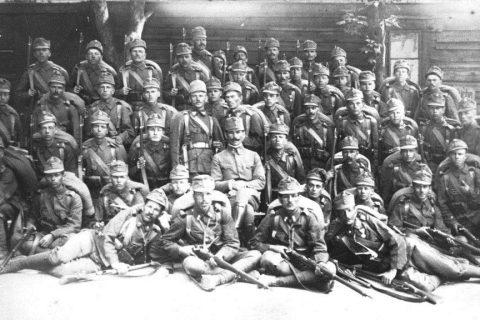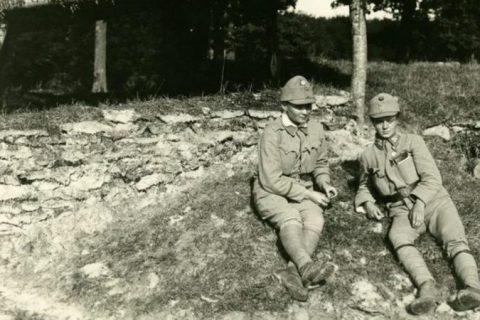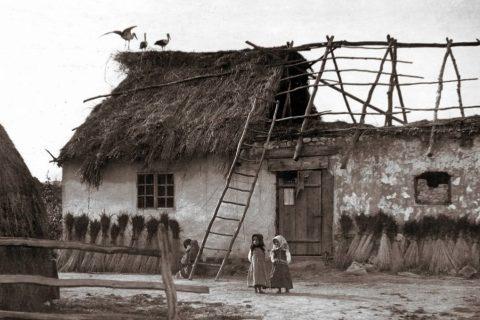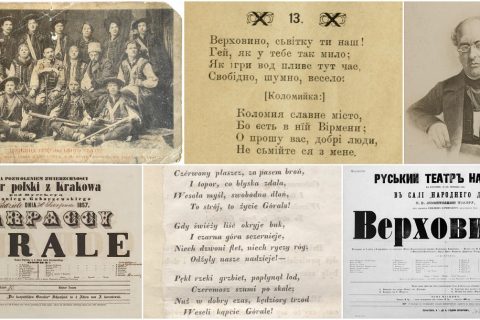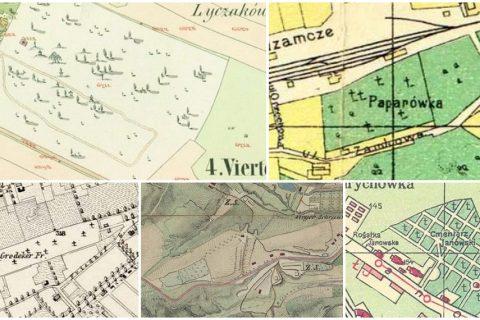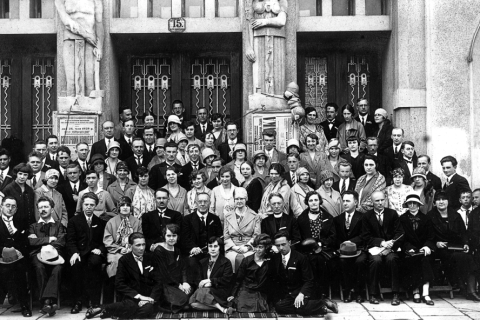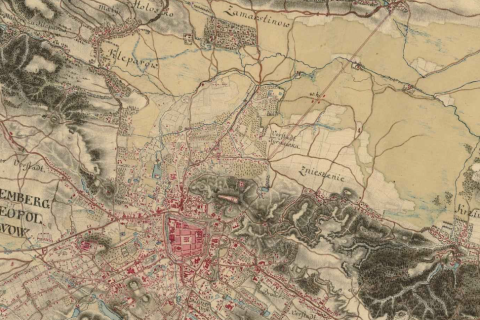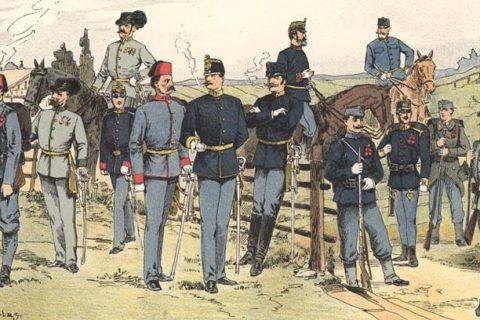‘Zhuravli’: The Galician Funeral Song
I recently discovered that one of my favorite Sich Riflemen (a Ukrainian unit within the Austro-Hungarian Army during WWI) songs, “Chuyesh, brate miy” AKA “Vydysh, brate miy” (Do you hear, my brother), was written in Kraków. It turns out that the song was based on a poem called “Zhuravli” (Cranes) written by […]
Read More


